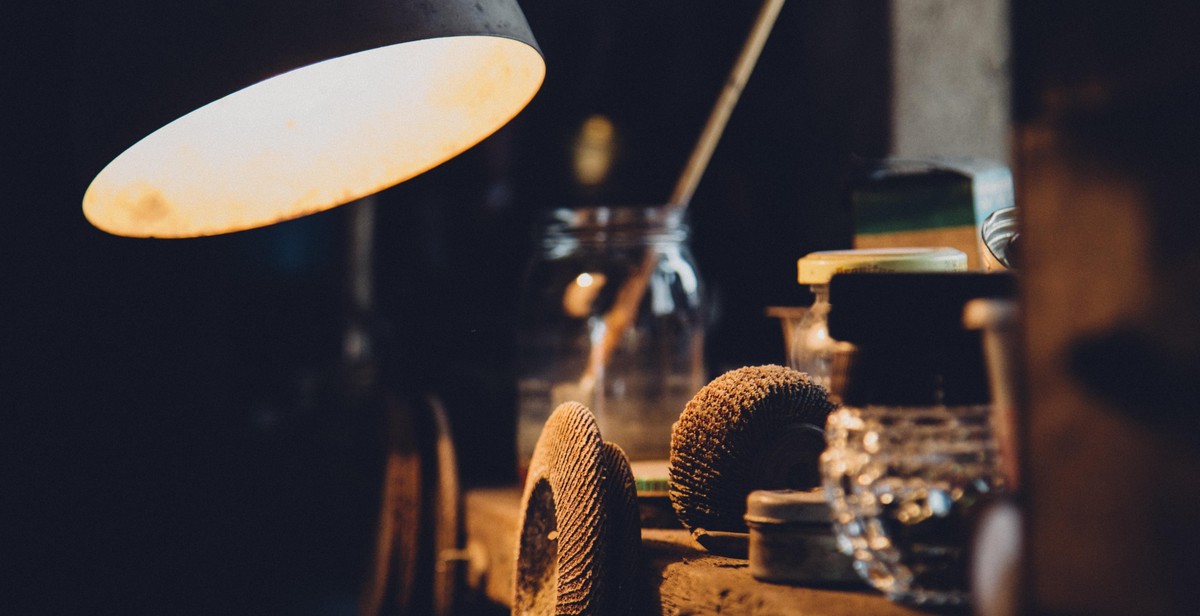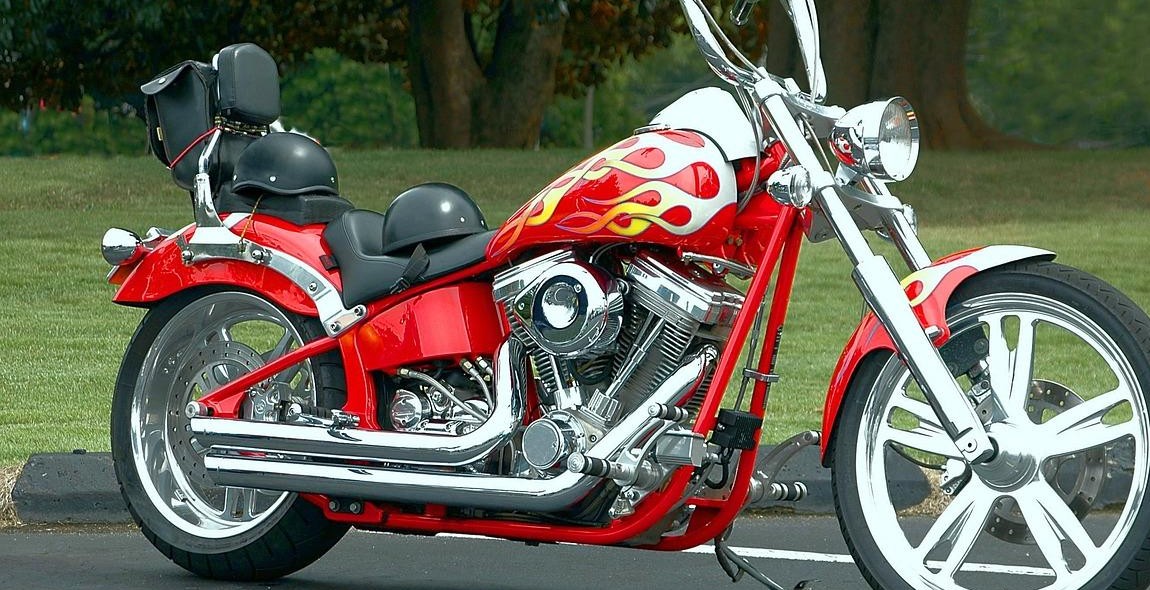How to Perform Basic Bike Maintenance and Repairs
Regular bike maintenance is crucial to keeping your bike safe and enjoyable to ride. Basic bike maintenance can be done at home with just a few tools and a little bit of knowledge. By taking care of your bike, you can prolong its lifespan and save money on costly repairs.
Why Basic Bike Maintenance is Important
Performing basic bike maintenance is important for several reasons:
- Safety: A well-maintained bike is safer to ride. Regular maintenance can help prevent accidents caused by faulty brakes, worn tires, or loose bolts.
- Performance: A well-maintained bike performs better. Regular maintenance can help improve your bike’s shifting, braking, and overall performance.
- Longevity: A well-maintained bike lasts longer. Regular maintenance can help prevent wear and tear on your bike’s components, prolonging its lifespan.
- Cost Savings: Regular maintenance can save you money on costly repairs. By catching and fixing problems early, you can avoid more expensive repairs down the road.
In this article, we’ll cover some basic bike maintenance tasks that you can do at home. These tasks include cleaning your bike, checking and adjusting your brakes and gears, and changing a flat tire.

Tools Needed for Basic Bike Maintenance
Performing basic bike maintenance and repairs can be a daunting task, especially if you don’t have the right tools. Having the right tools can make the process much easier and faster. Below are some of the tools you’ll need to get started:
Bike Stand
A bike stand is an essential tool for performing basic bike maintenance and repairs. It holds your bike securely in place, allowing you to work on it without having to hold it up with one hand. This frees up both hands to work on the bike, making the process much easier and safer. There are different types of bike stands available, including floor stands, wall mounts, and portable stands. Choose one that suits your needs and budget.
Wrench Set
A wrench set is another essential tool for basic bike maintenance and repairs. It allows you to tighten and loosen bolts and nuts on your bike. A good wrench set should include both metric and standard sizes, as bikes use both types of measurements. Look for a set that includes open-end wrenches, box-end wrenches, and socket wrenches.
Screwdriver Set
A screwdriver set is also essential for basic bike maintenance and repairs. It allows you to tighten and loosen screws on your bike. Look for a set that includes both flathead and Phillips screwdrivers in different sizes.
Pliers
Pliers are another tool that comes in handy when performing basic bike maintenance and repairs. They can be used to grip and hold small parts, as well as to bend and shape wires and cables. Look for a set that includes both needle-nose pliers and regular pliers.
| Tools | Uses |
|---|---|
| Bike Stand | Holds bike securely in place for maintenance and repairs |
| Wrench Set | Tightens and loosens bolts and nuts |
| Screwdriver Set | Tightens and loosens screws |
| Pliers | Grips and holds small parts, bends and shapes wires and cables |
Having these basic tools will enable you to perform most of the maintenance and repairs needed for your bike. As you become more experienced, you may want to add more specialized tools to your collection. However, with these basic tools, you’ll be able to keep your bike in good working order and save money on repairs.

How to Properly Clean Your Bike
Cleaning your bike regularly not only keeps it looking great, but it also helps to prolong the life of the components. Here are some steps to follow when cleaning your bike:
Step 1: Gather Your Supplies
You will need a bucket of warm, soapy water, a sponge or brush, a hose or bucket of clean water, a chain cleaning tool, and a lubricant.
Step 2: Pre-Rinse
Use a hose or bucket of clean water to pre-rinse your bike. This will help to remove any loose dirt or debris before you start scrubbing.
Step 3: Scrub Your Bike
Dip your sponge or brush into the bucket of warm, soapy water and start scrubbing your bike. Be sure to pay extra attention to the hard-to-reach areas like the chain, cassette, and derailleur.
Pro Tip: Use a soft-bristled brush to clean your bike to avoid scratching the paint.
Step 4: Rinse Your Bike
Rinse your bike thoroughly with a hose or bucket of clean water to remove any remaining soap or dirt.
Step 5: Dry Your Bike
Use a clean, dry towel to dry your bike. Pay extra attention to the chain and other components to ensure they are completely dry.
Step 6: Lubricate Your Chain
After cleaning your bike, it’s important to lubricate your chain to prevent rust and corrosion. Use a chain cleaning tool to remove any excess dirt or debris from your chain, then apply a lubricant to the chain and other moving parts.
Cleaning Your Bike Chain
The chain is one of the most important components of your bike, and it’s essential to keep it clean and lubricated. Here are some steps to follow when cleaning your bike chain:
Step 1: Remove Your Chain
If your chain is particularly dirty, you may want to remove it from your bike before cleaning it. This will allow you to clean it more thoroughly and ensure that all the dirt and debris are removed.
Step 2: Clean Your Chain
Use a chain cleaning tool and a degreaser to clean your chain. Apply the degreaser to the chain cleaning tool, then run your chain through the tool several times to remove any dirt or debris.
Step 3: Rinse Your Chain
Rinse your chain thoroughly with a hose or bucket of clean water to remove any remaining degreaser and dirt.
Step 4: Dry Your Chain
Use a clean, dry towel to dry your chain. Be sure to remove any excess water or moisture to prevent rust and corrosion.
Step 5: Lubricate Your Chain
Apply a lubricant to your chain to prevent rust and corrosion and ensure smooth shifting. Be sure to follow the manufacturer’s instructions when applying the lubricant.
Pro Tip: Avoid over-lubricating your chain, as this can attract dirt and debris and cause your chain to wear out more quickly.

Basic Bike Repairs
As a bike owner, it’s important to know how to perform basic maintenance and repairs on your bike. Here are three essential repairs that every cyclist should know:
How to Fix a Flat Tire
Getting a flat tire is a common occurrence for cyclists, but it’s an easy fix once you know how to do it. Here’s how:
- Remove the wheel from the bike.
- Use tire levers to remove the tire from the rim.
- Remove the inner tube from the tire.
- Locate the puncture in the inner tube and patch it or replace it.
- Inflate the new or patched inner tube slightly and insert it into the tire.
- Put the tire back onto the rim and use a pump to inflate the tire to the recommended pressure.
How to Adjust Your Bike Brakes
Properly functioning brakes are crucial for your safety when riding a bike. Here’s how to adjust your bike brakes:
- Locate the brake pads and adjust them so that they are in the correct position to make contact with the rim of the wheel.
- Adjust the brake cable tension so that the brake pads make contact with the rim when the brake lever is pulled.
- Test the brakes to make sure they are working properly.
How to Adjust Your Bike Gears
Properly functioning gears make for a smoother and more efficient ride. Here’s how to adjust your bike gears:
- Locate the front and rear derailleurs.
- Shift your bike into the gear you want to adjust.
- Use the barrel adjuster on the derailleur to fine-tune the shifting.
- Make sure the chain is running smoothly and not rubbing on the derailleur.
- Test the gears to make sure they are shifting smoothly and efficiently.
Conclusion
By knowing how to perform basic bike repairs, you’ll be able to keep your bike in good working condition and avoid costly repairs down the road. With a little practice, these repairs will become second nature, and you’ll be able to tackle more complex repairs with confidence.
Conclusion
Performing basic bike maintenance and repairs is an essential skill for any cyclist. Not only does it save you money on costly repairs, but it also ensures that your bike is safe to ride and performs at its best. By following the steps outlined in this article, you can keep your bike in top condition and extend its lifespan.
Remember these key takeaways:
- Regularly clean and lubricate your bike to prevent wear and tear.
- Check your tire pressure and brakes before every ride.
- Learn how to fix a flat tire and carry the necessary tools with you.
- Replace worn-out parts, such as brake pads and chains, to prevent further damage.
Resources for further learning
If you want to learn more about bike maintenance and repairs, there are many resources available online and in-person. Here are a few to get you started:
- Park Tool Repair Help – A comprehensive library of bike repair articles and videos.
- Sheldon Brown – A legendary bike mechanic and writer with a vast collection of technical articles.
- Global Cycling Network – A YouTube channel with hundreds of bike maintenance and repair videos.
| Task | Frequency |
|---|---|
| Clean and lubricate the chain | After every ride |
| Check tire pressure | Before every ride |
| Inspect brakes and brake pads | Monthly |
| Replace brake pads | As needed |
| Replace worn-out tires | As needed |
| Replace worn-out chain | Every 2,000-3,000 miles |
By following this checklist and taking good care of your bike, you’ll be able to enjoy many miles of safe and comfortable riding. Happy cycling!
